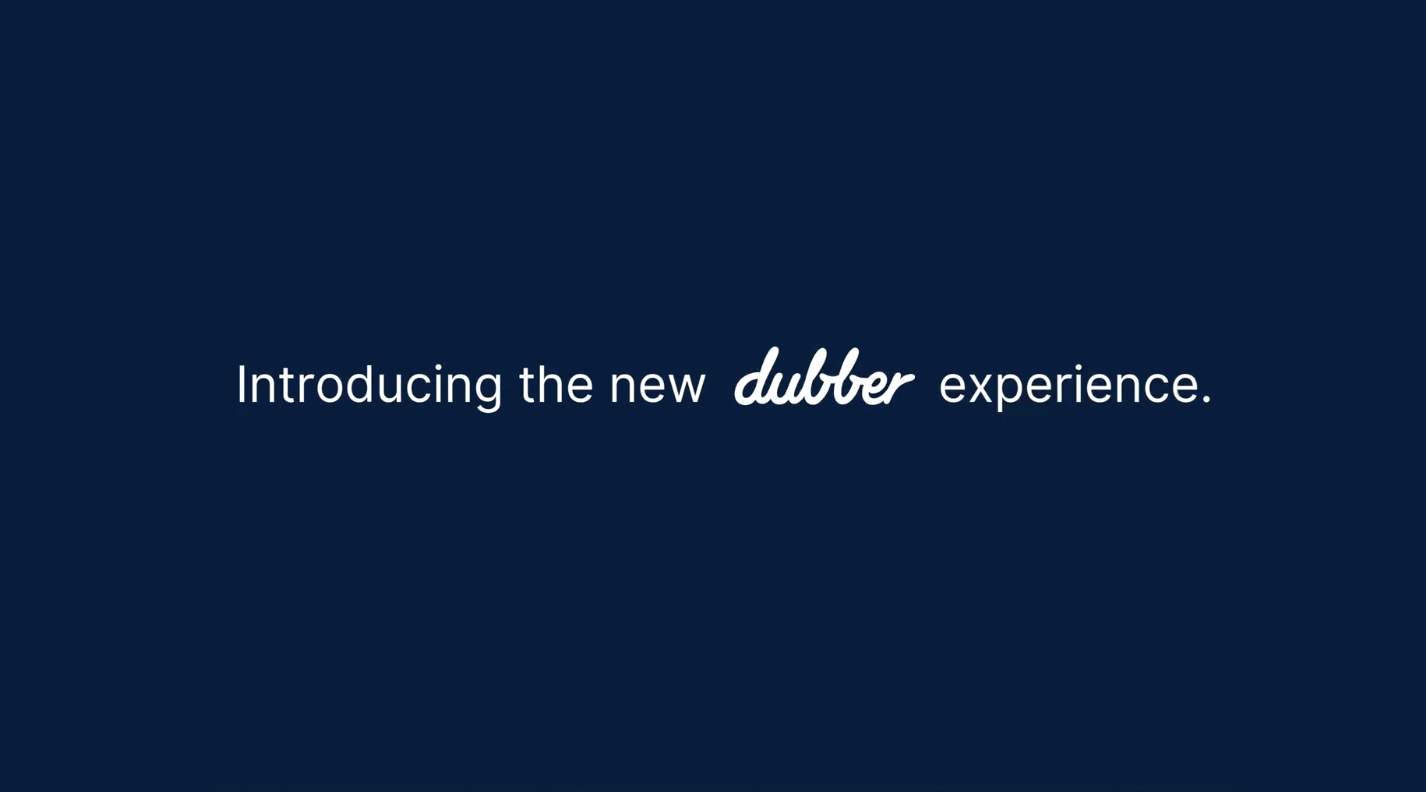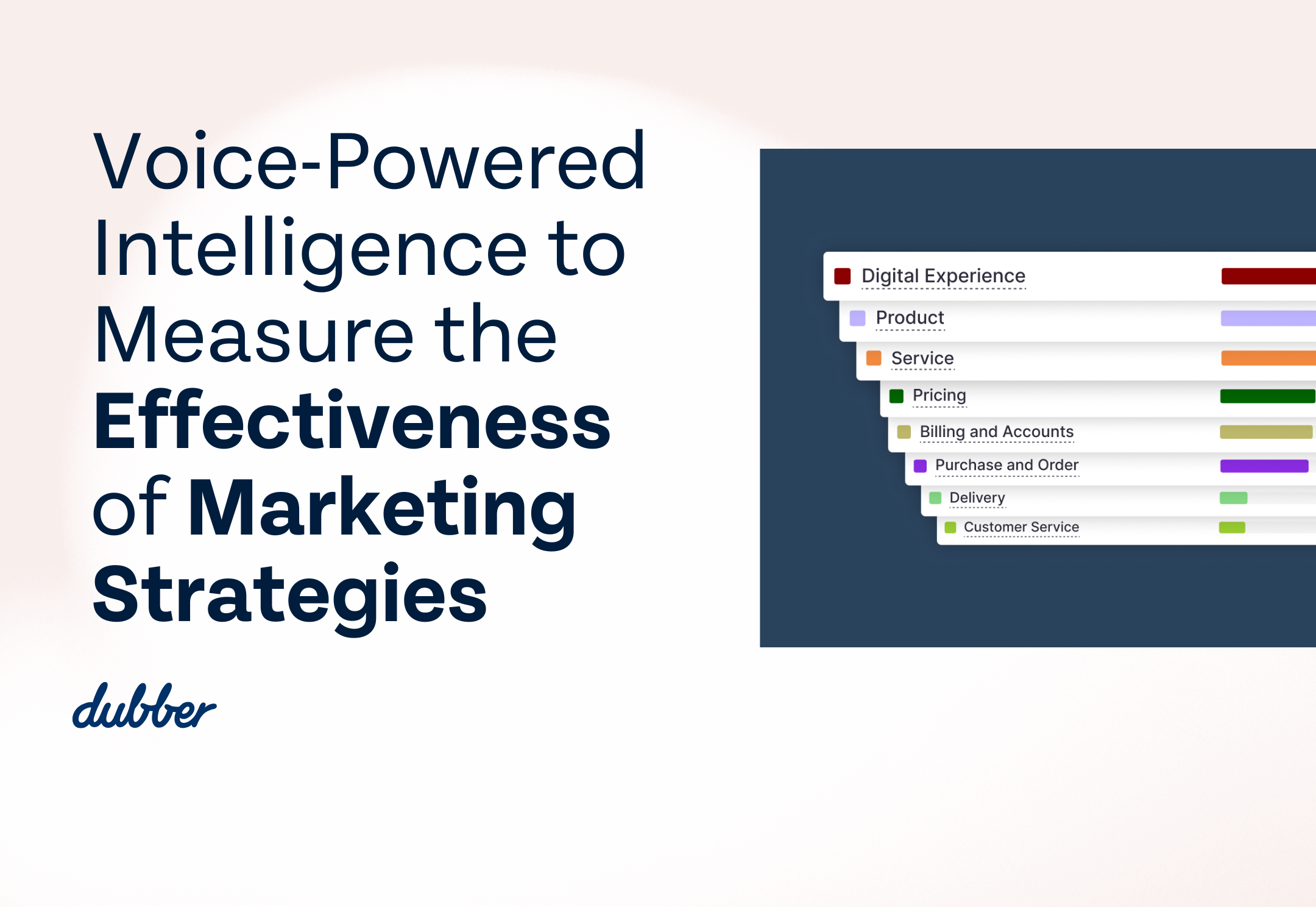

What is WebRTC?
Used as a new way to deliver unified communications functionality through web and mobile applications, WebRTC has quickly grown in popularity in recent years and is utilised by social platforms such as Facebook and Slack. WebRTC began as a free project that aimed to provide high quality real-time communications (RTC) capabilities between peer-to-peer connections, built into web browsers and mobile applications using simple application programming interfaces (APIs) and a common set of protocols. The growth of the global WebRTC market is expected to be over 40% between 2016 to 2023 (see chart below).

Source: Credence Research
This initiative enables audio, video conferencing, file transfer, instant messaging and also screen sharing without the plugins such as Adobe Flash that have always been required in the past. WebRTC can be seen all over the internet, such as on websites that allow consumers to access contact centre agents through their browser. Live customer assistance can be provided through a chat service or through a WebRTC call that can be placed directly through the browser. It is also what powers calls through instant messaging services such as Slack and enables the voice and video chat that is built in to Facebook’s Messenger.
Previously, this type of plugin-free RTC technology has only been available to large enterprises, as licensing fees for the audio and video technologies required were prohibitively expensive. WebRTC is the first of its kind; allowing a powerful RTC standard to be available to the public as open source. It has the potential to create a new wave of applications and change the way we communicate.
WebRTC runs on JavaScript, which can be easily incorporated into any web application to enable the functionality through a JavaScript API. The services that WebRTC provides can also work simultaneously so that, for example, files can be shared during a teleconference.
Intentionally developed to not provide any preference of protocol, WebRTC is compatible with a variety of existing communications infrastructure such as session initiation protocol (SIP), which is widely used for voice and videoconferencing over IP networks. This means that, just like other VoIP calls, WebRTC calls can be recorded by Dubber’s communication capture software.
What are the advantages of WebRTC?
WebRTC has many advantages, including significantly better video quality than Flash, session connection speeds that are up to 6x faster, and reduced audio and video latency that enables conversations to feel more natural.
Many web services already have RTC capabilities, but only through plugins. WebRTC doesn’t require any plugins and therefore has none of the download, installation, or update processes, or troubleshooting that usually accompany RTC services.
The simple APIs and protocols of WebRTC have the potential to democratise communication across a range of applications from telephony to gaming.

